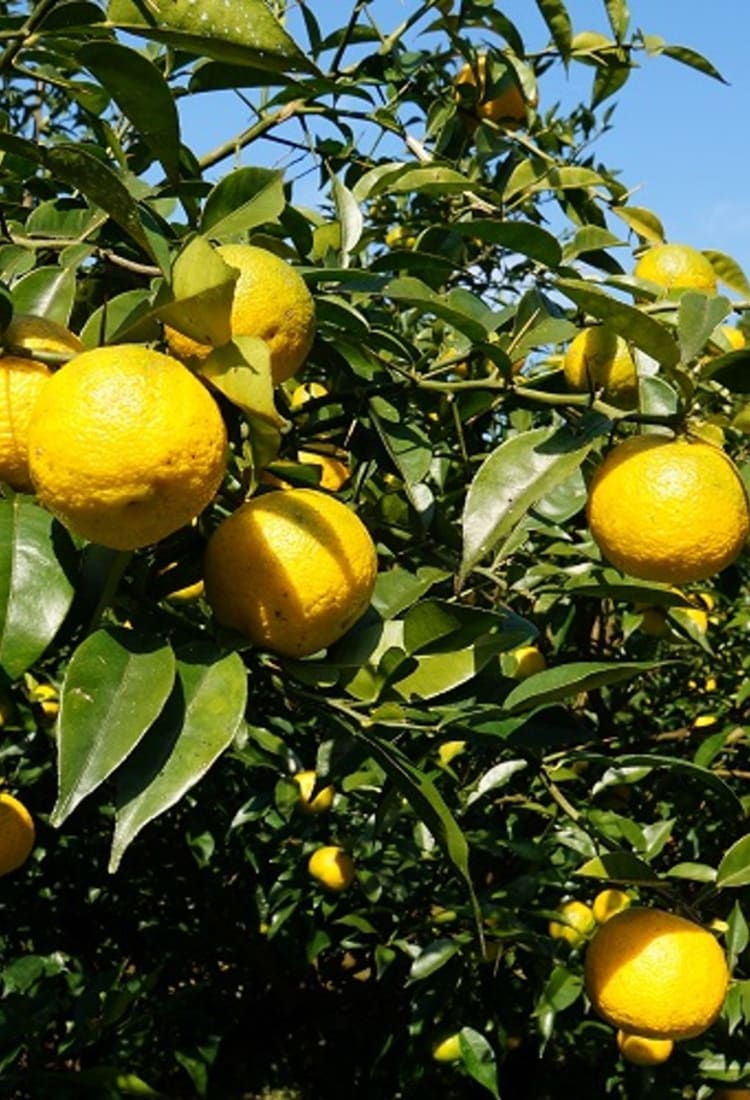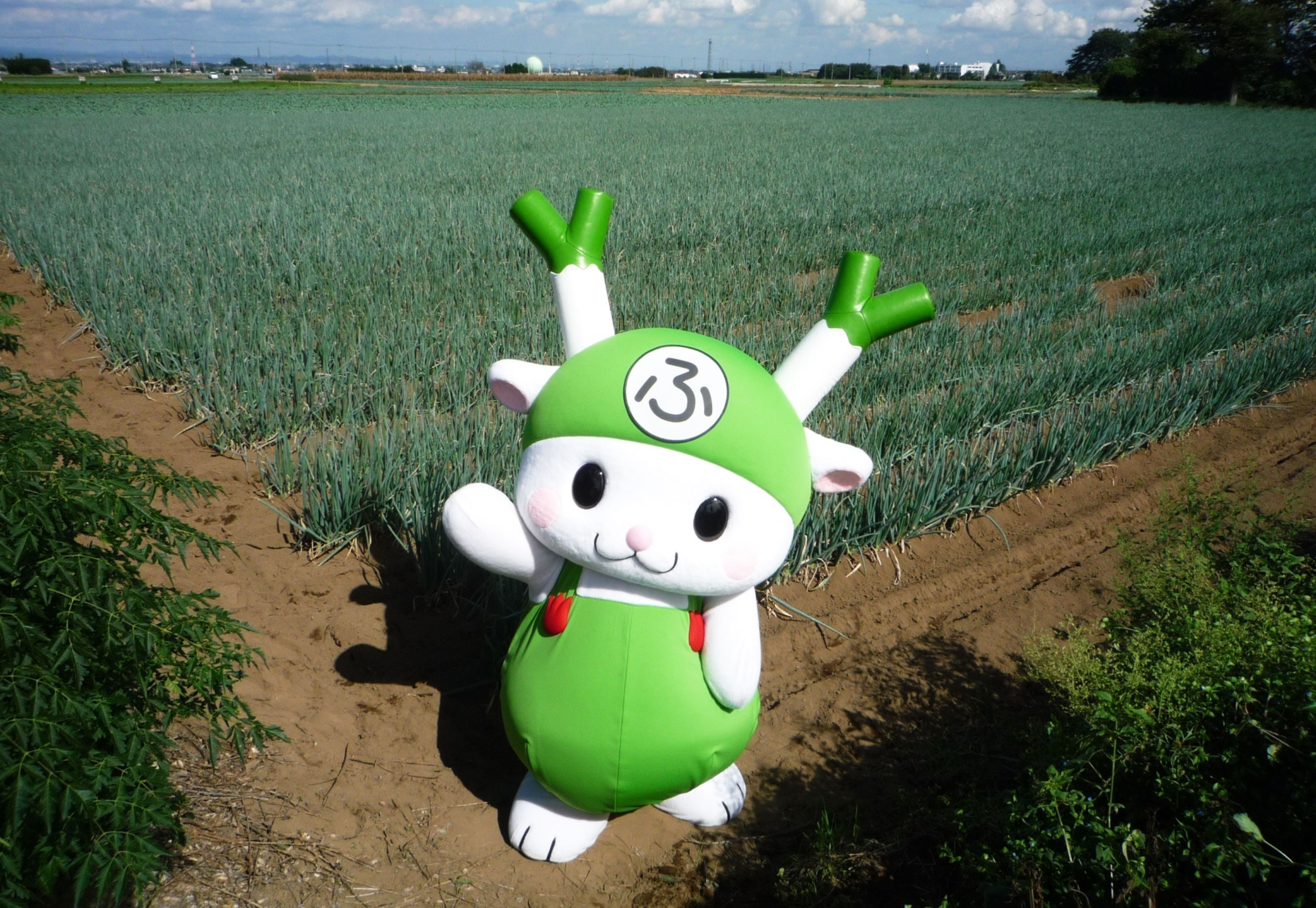
2024.02 Traveling the Yuzu Road: A Story of Resilience and Renewal in Kochi’s Chugei Region [PR]
Kochi Prefecture is located in Shikoku, the smallest of Japan’s four main islands. The Chugei region, in the easternmost part of Kochi, is renowned as the largest yuzu-growing region in the country.
Yuzu is a citrus fruit essential to Japanese cuisine, and has long been used in salads, sushi, soups, and other dishes. In the mid-twentieth century, Yuzu cultivation developed into a major industry in the Chugei region. It replaced the declining logging industry that once defined the fortunes of the residents.
Discover the flavor and aroma of yuzu while exploring an area now known as Yuzu Road. Chugei’s unique historical background has been recognized as a story of cultural resilience befitting of the label “Japan Heritage.”
Exploring the industrial heritage of the Yanase Forest Railway


The abundant yuzu orchards that stretch across the Chugei region are registered as a Japan Heritage site. In the past, the livelihood of local communities centered on the forests, and communities were connected by the train tracks that ran through the area.
Historically, there had been a booming forestry industry in Chugei, and the calls of lumberjacks echoed through the land as large trees were felled. Logging began here in the eighth century, and by the sixteenth century, many kinds of timber, including the famous Yanase cedar, were felled here and shipped by sea to other regions of Japan.



In 1911, the first section of the Yanase Forest Railway, colloquially known as the “Rintetsu" was opened, and before long it connected the entire Chugei area with routes that followed the Yasuda and Nahari Rivers. The Rintetsu was used to transport lumber and the residents of the region relied on the trains for school commutes and traveling between villages. As such, the railway became an integral part of their daily lives.
Chugei soon had the largest forest railroad network in western Japan.
Today, older streetscapes lined with the houses of wealthy merchants and 18 sites designated as Important Cultural Properties remain as reminders of the railroad and Chugei’s prosperous industrial past.
The Yanase Dam Observation Deck offers a panoramic view of the mountains and the reservoir. The reservoir now covers the former village of Yanase, which was submerged upon the completion of the dam in 1965. This vantage point provides insight into both the natural landscape and the human settlements that have thrived in this area since ancient times. At Yanase Maruyama Park, one of the locomotives that traveled on the railway more than half a century ago has been preserved in working condition. Visitors can ride this historical train on a loop around the park, and even try operating it.


See the village of Umaji from above by riding a funicular up a hillside near Umaji Onsen. The funicular uses the same technology that once aided in the transportation of lumber down the steep slope. Although the village is now a center for yuzu cultivation, you can see its heritage in the cedar products for sale at Ecoasu Umaji-mura. Timber from forest maintenance and thinning is made into high-end products such as bags and fans, as part of a local initiative to create a sustainable forestry industry.
Vibrant natural landscapes in every season


In the 1960s, the forestry industry began to decline due to the depletion of the forests and a drop in lumber prices. It was at this point that the residents of Chugei began to take notice of yuzu, which had been growing naturally in the region since ancient times. Yuzu was a valuable source of income because it could be cultivated even in mountainous terrain.
Sales of citrus fruits and their juices, along with processed yuzu products, started to rise, leading to yuzu emerging as a major industry that supplanted the lumber trade of previous years. The railroad tracks that once carried lumber were replaced by the Yuzu Road, a land transportation route for citrus.
The Chugei region was recognized as a Japan Heritage site for its unique historical background and current status as Japan’s top producer of yuzu, a staple ingredient in Japanese cuisine.



By driving from the Yanase area towards the lower reaches of the Nahari River, you can enjoy the beautiful landscape of yuzu orchards set against the remains of the Yanase Forest Railway. See the bridges that supported the railway, including Inotani Bridge, Inubo Bridge, Horigao Bridge, Futamata Bridge, and Koshima Bridge.


At the Umaji Village Tourist Information and Furusato Center Makaichotte-ya, visitors can purchase yuzu and wooden craft products. At the Yuzu Road Museum in the town of Yasuda, visitors can learn about the Chugei region’s modernization and the prosperity that the lumber industry brought. Exhibits at the museum include photos and dioramas related to forestry and the Yanase Forest Railway.

Yuzu cultivation in Chugei began in Kitagawa Village, on the Nahari River. At the Shintaro Yuzu Garden, you can explore the Original Home of Nakaoka Shintaro and Museum. Learn about the life of Nakaoka Shintaro (1838–1867), a samurai and early promoter of yuzu cultivation. From November to early December, you can enjoy a yuzu picking and juicing experience. Note that the availability of this experience depends on the harvest season and yuzu growth conditions; reservations via the Japanese website are required.
Indulge in gourmet yuzu cuisine and relaxing hot springs

In the yuzu cultivation heartland of Chugei, you enjoy a wide range of dishes featuring yuzu. Dishes flavored with yuzu juice and zest, such as yuzu sushi at Umaji Onsen (Umaji Village) and yuzu kosho (spicy yuzu paste) ramen at Hotel Nahari (Nahari Town), are must-try local specialties. You can enhance your exploration of the citrus fruit by sipping yuzu-flavored liqueur or sake, trying dishes flavored with yuzu miso, or buying yuzu products as souvenirs.

Umaji Onsen is a hotel with baths available for day use. Indulge in a relaxing soak after exploring the Yanase Forest Railway and the yuzu orchards.
How to get there
You can reach Kochi by air (Kochi Ryoma Airport) or by train (JR Kochi Station). Major sightseeing spots in the Chugei region can be accessed via Yasuda Station or Nahari Station on the Gomen-Nahari Line. Driving is a convenient way to explore the area, via the Nankoku IC of the Kochi Expressway. Rental cars are available in the transportation hubs of surrounding areas.
Related Links
Japan Heritage Yuzu & Forest Railway |
From Forest Railway to Yuzu Road—The Story of Japan’s Largest Yuzu-Growing Region |
|
WEB:https://www.japan.travel/japan-heritage/popular/d65690b6-eadd-4e73-95b3-78edfd22d31e |




















































